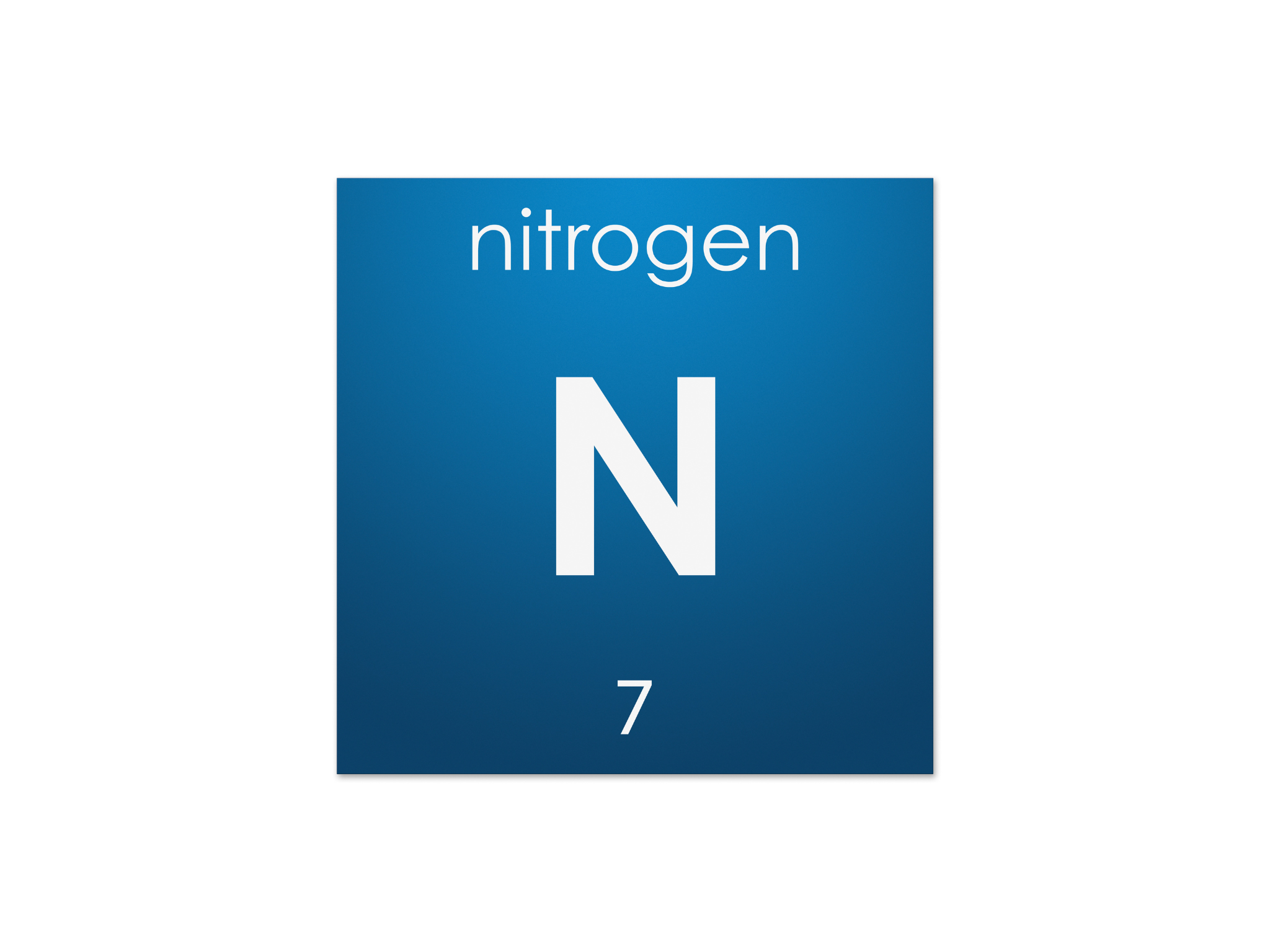The nitrogen cycle is a complex natural process that is essential for plant growth and development. Nitrogen is an important element found in many forms in soil, including organic matter, ammonium, nitrate, and nitrogen gas. Fertilizers are often used to supplement nitrogen in soil and promote plant growth. The addition of fertilizers to soil can either be taken up by plants directly or converted by soil microbes into a form that is available for plant uptake. Fertilizers typically contain nitrogen in the form of ammonium or nitrate.
Once taken up by plants, nitrogen is used to produce proteins, chlorophyll, and other important molecules. When plants die or shed leaves, the nitrogen is returned to the soil through decomposition and becomes available for use by other plants.
Nitrogen undergoes a series of transformations in the soil as part of the nitrogen cycle. The first step is nitrogen fixation, where atmospheric nitrogen gas is converted into ammonium by certain bacteria. The ammonium can then be taken up by plants or converted by other bacteria into nitrate, which is the primary form of nitrogen used by most plants. Once nitrate is in the soil, it can be taken up by plants or converted back into nitrogen gas through a process called denitrification, which is carried out by specialized bacteria.
In addition to ammonium and nitrate, other forms of nitrogen are available to plants, such as urea and amino acids. Urea is a common nitrogen fertilizer that is often used in agriculture. It is converted by soil microbes into ammonium and then nitrate, which is taken up by plants. Amino acids, on the other hand, are organic compounds that contain nitrogen and are the building blocks of proteins. Some plants can take up amino acids directly, bypassing the need for them to be converted into nitrate or ammonium.
Different forms of nitrogen have various benefits when used in fertilizer and foliar applications. Nitrate is easily taken up by plants and is important for leaf growth, while ammonium is preferred by some plants and is important for root growth. Amino acids provide benefits beyond just supplying nitrogen, such as improving plant metabolism, increasing root development, enhancing photosynthesis, and improving the plant's ability to resist environmental stresses such as drought and disease.
It is important to use fertilizers carefully and responsibly, as excessive use of nitrogen can lead to negative environmental impacts such as leaching into waterways and contributing to algal blooms. Incorporating different forms of nitrogen, including foliar feeding, into a fertilizer program can lead to improved plant growth and development, increased resistance to stress, and ultimately, higher yields.
In conclusion, understanding the nitrogen cycle and the different forms of nitrogen available to plants is crucial for promoting healthy plant growth and optimizing fertilizer use. By using fertilizers responsibly and promoting healthy soil ecosystems, we can ensure that plants have access to the nitrogen they need to thrive while minimizing negative impacts on the environment.



